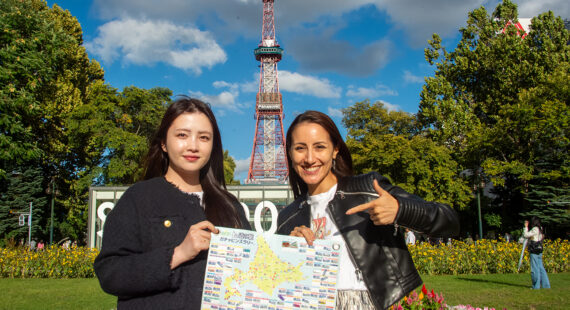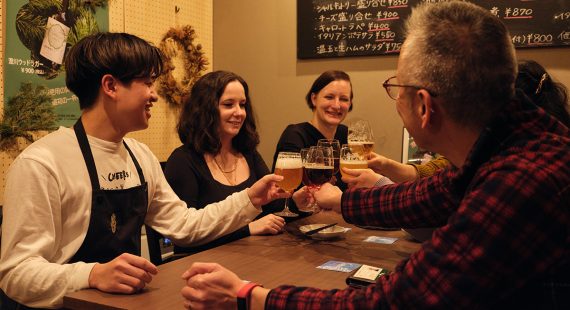Introducing the charms of New Chitose Airport, the gateway to Hokkaido
Hello to everyone planning a trip to Hokkaido! I’m sure your hearts are filled with excitement for Hokkaido, a treasure trove of magnificent nature and gourmet delights. The gateway to this wonderful journey is New Chitose Airport, the aerial entrance to Hokkaido.
New Chitose Airport is more than just a place where planes take off and land. From the moment you arrive, it’s a captivating complex that heightens the excitement of your trip. Within its spacious halls, you’ll find a wide range of restaurants where you can savor the delicious flavors that are unique to Hokkaido. You can also enjoy shops brimming with souvenirs that will color your travel memories. There are also plenty of entertainment facilities inside the airport, thoughtfully designed so that both children and adults can enjoy themselves without getting bored before or after a flight.
Furthermore, the area around the airport is dotted with charming sightseeing spots that can make your first or last day of the trip even more fulfilling. In this column, we’ll share everything from the features and appeal of New Chitose Airport itself to the hidden gems in the surrounding area so that everyone planning a trip to Hokkaido can make the most of their journey. We hope this information helps make your trip to Hokkaido smoother and much more abundant. Now let’s begin unraveling your very own Hokkaido story, starting from New Chitose Airport.
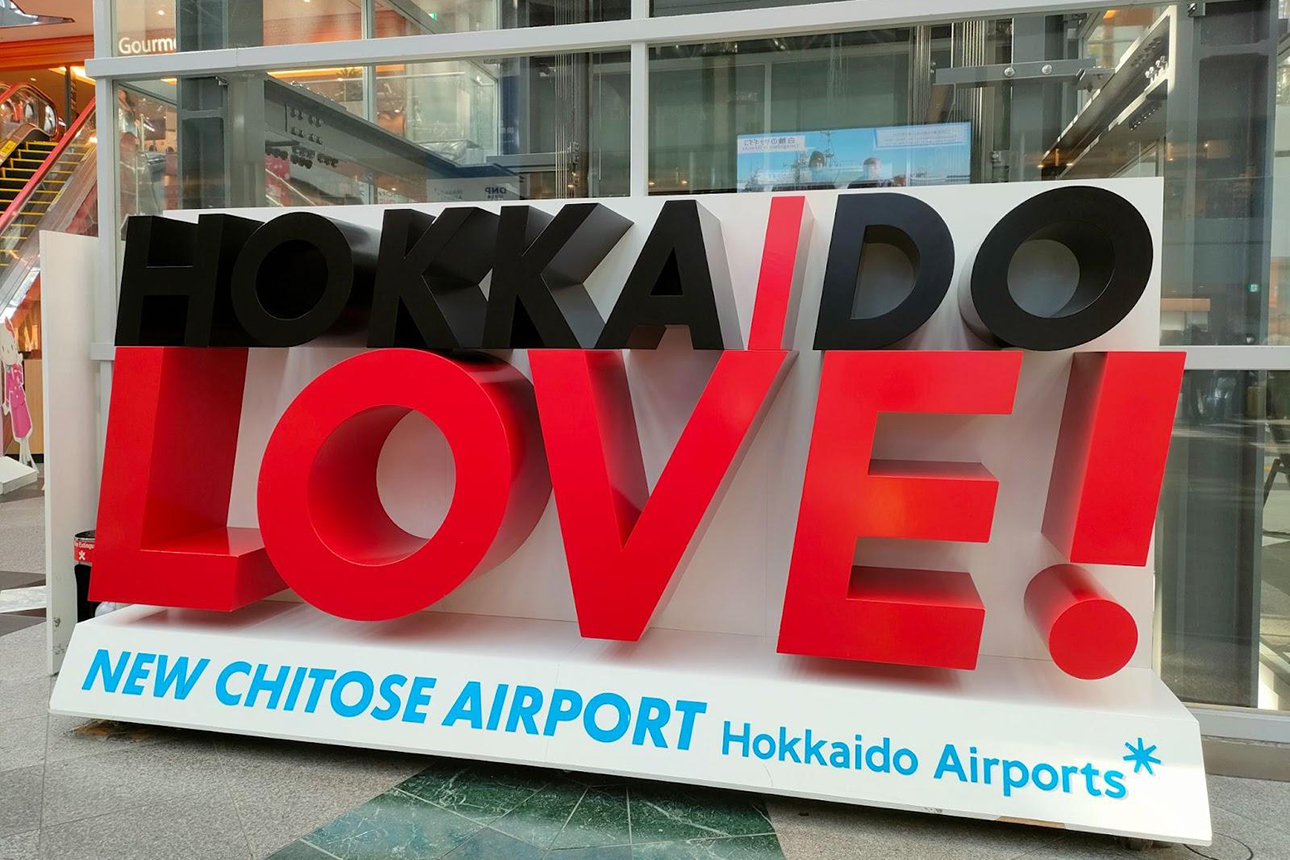
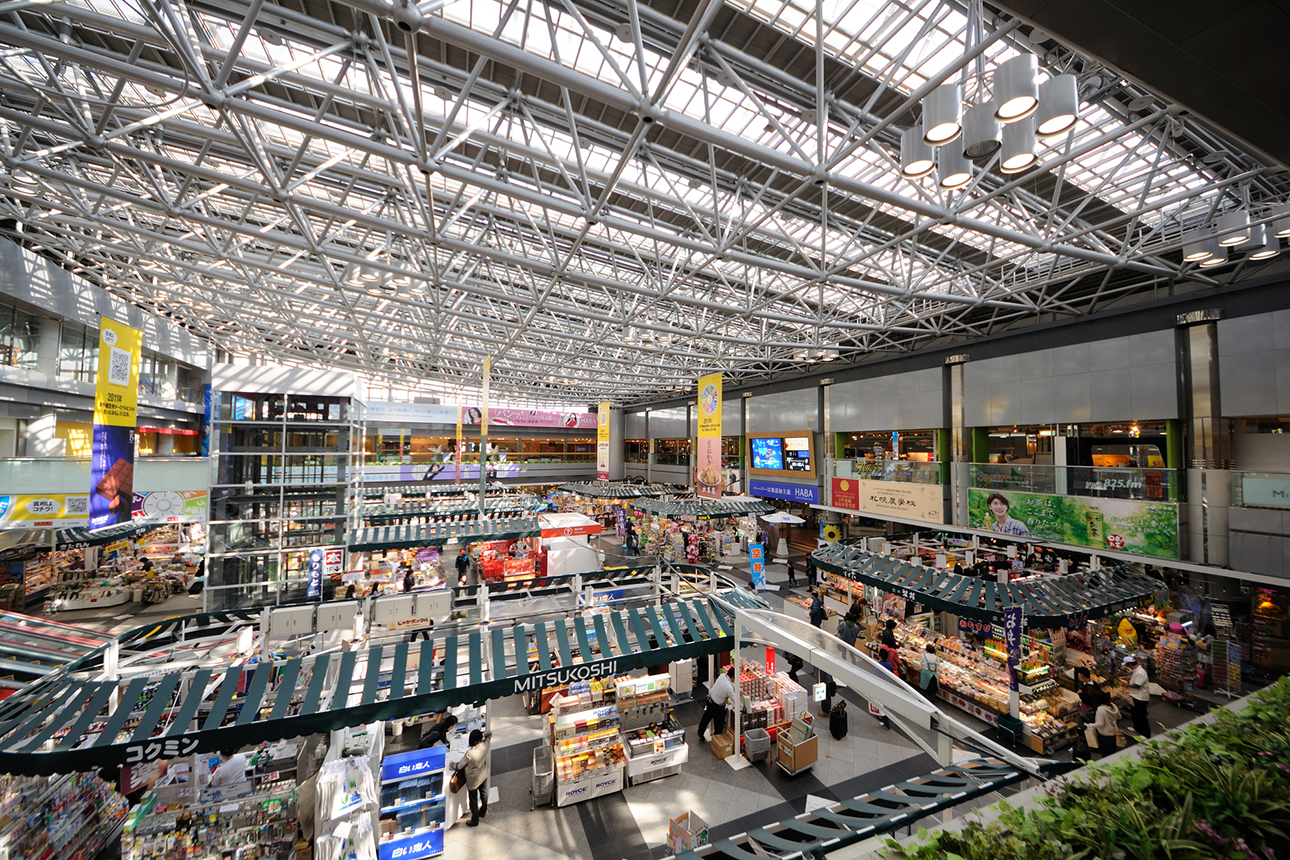
What is New Chitose Airport?
Hokkaido’s aerial gateway, New Chitose Airport, is the largest airport in the prefecture and is located in Chitose City, about 50 kilometers from Sapporo. It serves as a key access point to destinations across Hokkaido and plays an important role as the hub airport for domestic routes within the region. In particular, the Rapid Airport train provides frequent service to Sapporo Station, which is the economic center of Hokkaido. It only takes about 40 minutes, making it extremely convenient. In addition to this, numerous shuttle buses connect not only various locations in Sapporo City, but also major destinations in Hokkaido such as Jozankei Onsen and Obihiro Station, ensuring smooth travel support from the start to the end of your journey.
In addition, New Chitose Airport is one of the most popular airports in Japan among travelers, thanks to the wide variety of facilities and services it offers right on its premises. Whether as the starting point, or the grand finale of their trip to Hokkaido, many visitors even plan extra time in their itineraries to enjoy the airport. We’ll be covering detailed information about the airport’s facilities later in this article, so be sure to read through to the end.
Airport Size
New Chitose Airport covers an area of approximately 726 hectares. It is equipped with two 3,000-meter runways capable of handling large aircrafts. In terms of land area, it ranks as the fourth largest airport in Japan, following Tokyo International Airport (Haneda) at 1,516 hectares, Narita International Airport at 1,172 hectares, and the Kansai International Airport at 1,068 hectares. Thanks to its extensive snow-handling facilities, the airport can operate reliably even during the cold winter season.
The airport also serves about 23 million passengers annually (as of 2023), making it the fifth busiest airport in Japan. Even on domestic routes alone, numerous airlines operate multiple services, ensuring access to major cities across the country. Its international terminal is served by many airlines flying a variety of routes, making it an especially appealing gateway to Hokkaido for travelers coming mainly from the Asia region.
The passenger terminal complex consists of two buildings, one for domestic flights and one for international flights. Both under the same theme as a “Hokkaido Showroom,” bringing together around 180 establishments offering food, shopping and entertainment. In addition, the buildings also house facilities such as a hotel and a cinema, with the capacity and scale to accommodate more than 30 million passengers annually.
Features and Comparisons of Other Major Domestic (Japanese) Airports
● Tokyo International (Haneda) Airport
Located in the Tokyo metropolitan area, Tokyo International Airport is the largest domestic hub in Japan, accounting for over 50% of all domestic airport users. In 2010, a second major expansion project added a fourth runway and opened a new international passenger terminal. The airport handles more than 380,000 aircraft movements annually and serves over 80 million passengers each year, ranking first in the country for both figures.
● Narita International Airport
This is another major international airport serving the Tokyo metropolitan area. Around 100 airlines operate here, connecting it to roughly 40 countries and about 140 cities. For many years, it has functioned primarily as Japan’s gateway from abroad. With an annual passenger volume of 33.81 million, it is the second largest in the country after Tokyo International Airport.
● Chubu Centrair International Airport
Opened in 2005, this is the central airport of the Chukyo region. Located offshore, it is known for its beautiful scenery. Handling over 12 million passengers annually, it serves as an important hub for both domestic and international travel.
● Kansai International Airport
Opened in 1994 as the world’s first offshore airport, Kansai International Airport handles significantly more international passengers and flights than domestic ones. It has established itself as a key international gateway not only for the Kansai region but for western Japan as a whole. With 25.8 million passengers annually, it ranks third in the country. Like New Chitose Airport, it is noted for its excellent accessibility to destinations across Asia.
The History of New Chitose Airport
Here is a brief overview of the journey of New Chitose Airport. Originating from Chitose Airport, which developed after World War ll as a joint military-civilian facility, New Chitose Airport was reborn in 1988 as a new airport dedicated to civilian use. Since then, it has contributed to the growth of tourism and the revitalization of the regional economy. In particular, it is widely supported by visitors from both Japan and abroad as an important access point for experiencing Hokkaido’s rich nature and culture.
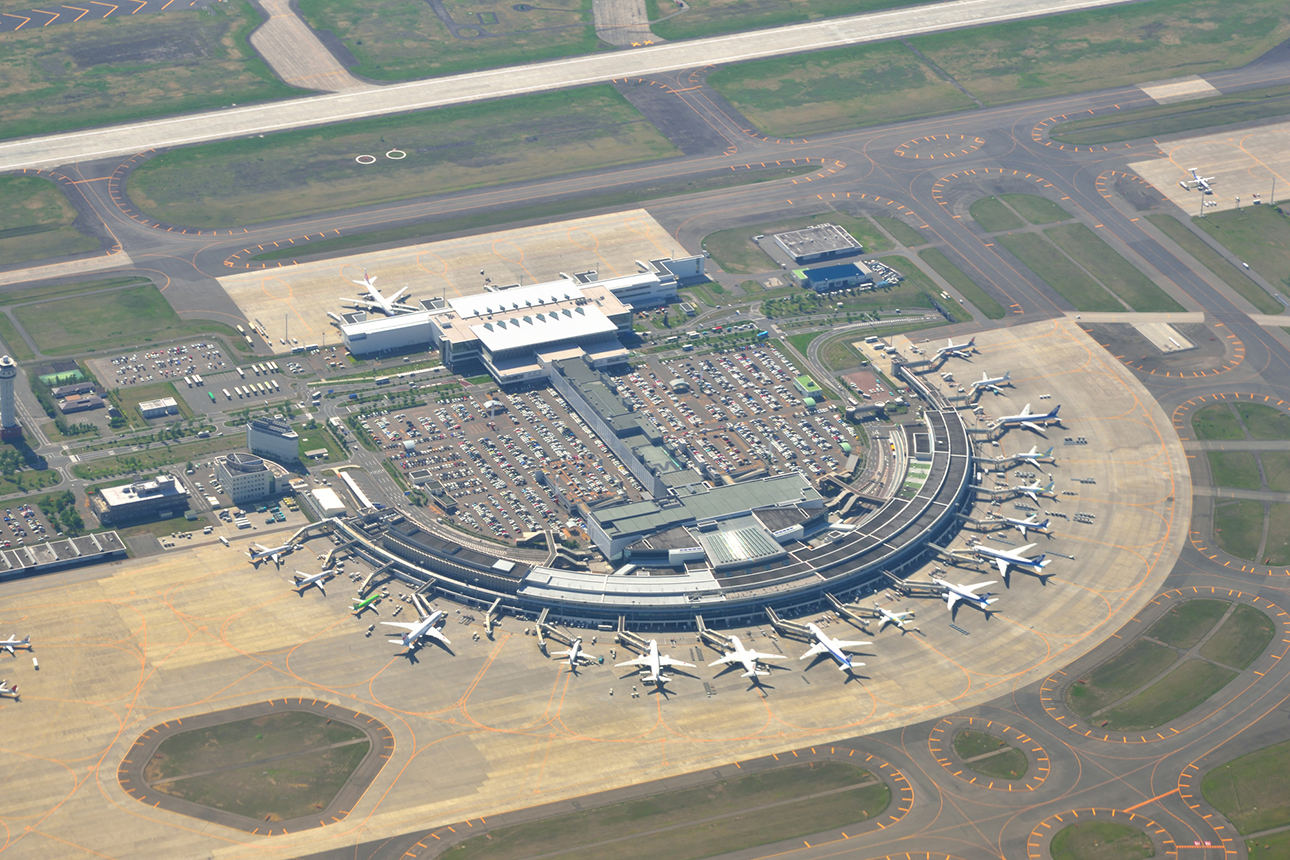
■ The History of New Chitose Airport: Major Events
<1988 – Opening of New Chitose Airport>
To meet growing air travel demand and the needs of internationalization, Runway A was developed, and the airport opened as a “New Airport” dedicated to civilian aviation.
<1992 – Opening of the New Terminal Building>
To accommodate the increasing number of passengers, the terminal building was expanded. This marked the first time in Japan that a JR railway line directly entered beneath an airport building.
<1996 – Runway Expansion>
Operations began on the second runway, Runway B.
<2000s – Strengthening of International Flights>
In 2010, the International Passenger Terminal opened, leading to a strengthened expansion of international routes, particularly to destinations within Asia. This enhanced the airport’s capacity to accommodate inbound travel to Hokkaido.
<2011 – Major Renovation and Expansion of the Domestic Terminal>
To accommodate further growth in passenger numbers, the terminal facilities were expanded, with enhanced commercial areas and a greater variety of restaurants.
<2019 – Record High Passenger Numbers>
The annual number of passengers reached an all-time high of 24.59 million.
<2020 – COVID-19 Pandemic and Start of Privitization>
Operations were taken over by Hokkaido Airports Co., LTD. (HAP, based in Chitose). In the same year, due to the COVID-19 pandemic, the airport experienced a complete suspension of services for three months.
<2023 – Establishment of the “HBAC” Business Jet Terminal at New Chitose
Airport>
In order to meet the growing demand for international travel by Business Jet, a dedicated terminal was established.
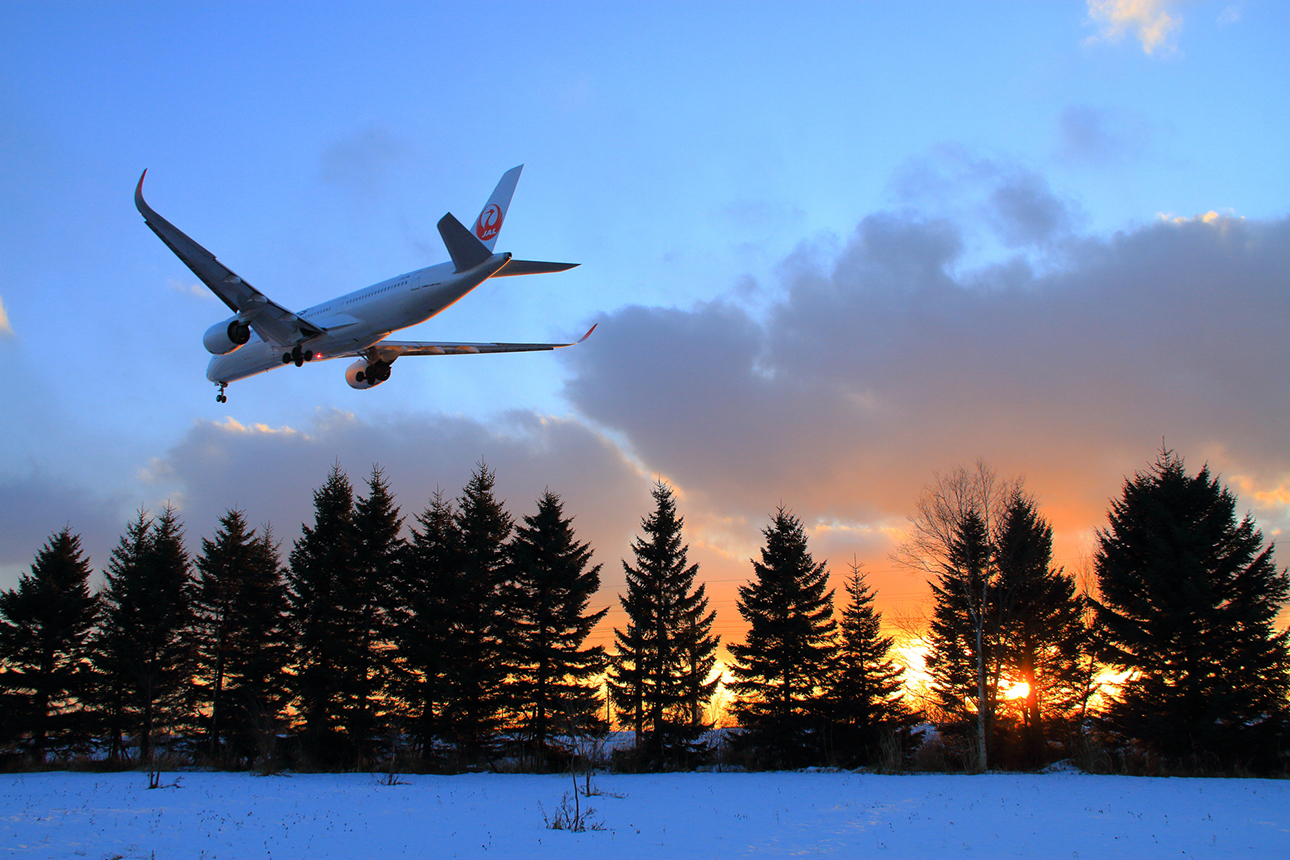
About Immigration Procedures
Immigration Procedure Flow
At New Chitose Airport, the arrivals lobby for international flights is located on the second floor of the terminal. The process from aircraft arrival to entry into Japan is as follows: Arrival → Immigration Inspection → Baggage Claim → Customs → Entry. Below is a brief overview of each step.
① After Arrival, Disembark from the Aircraft:
Follow the airport signs to the immigration inspection area. At New Chitose Airport, the arrivals lobby is located on the second floor of the international terminal.
② Immigration Inspection:
This is a mandatory process when entering Japan. In addition to your passport, prepare your visa if required, as well as the immigration card distributed on the aircraft. Line up at the immigration inspection counter and present your passport and immigration card to the officer. Once you receive the entry stamp, the procedure is complete.
However, during peak arrival times, the area may become crowded. When making plans, it is recommended to allow extra time. Additionally, filling out the immigration card in advance will help the procedure go more smoothly.
③ Claim Your Checked Baggage:
Retrieve your checked baggage from the carousel designated for your arriving flight.
④ Pass Through Customs:
If you have any items to declare, proceed through the red gate. If not, proceed through the green gate. If you have purchased any duty-free goods, please declare them.
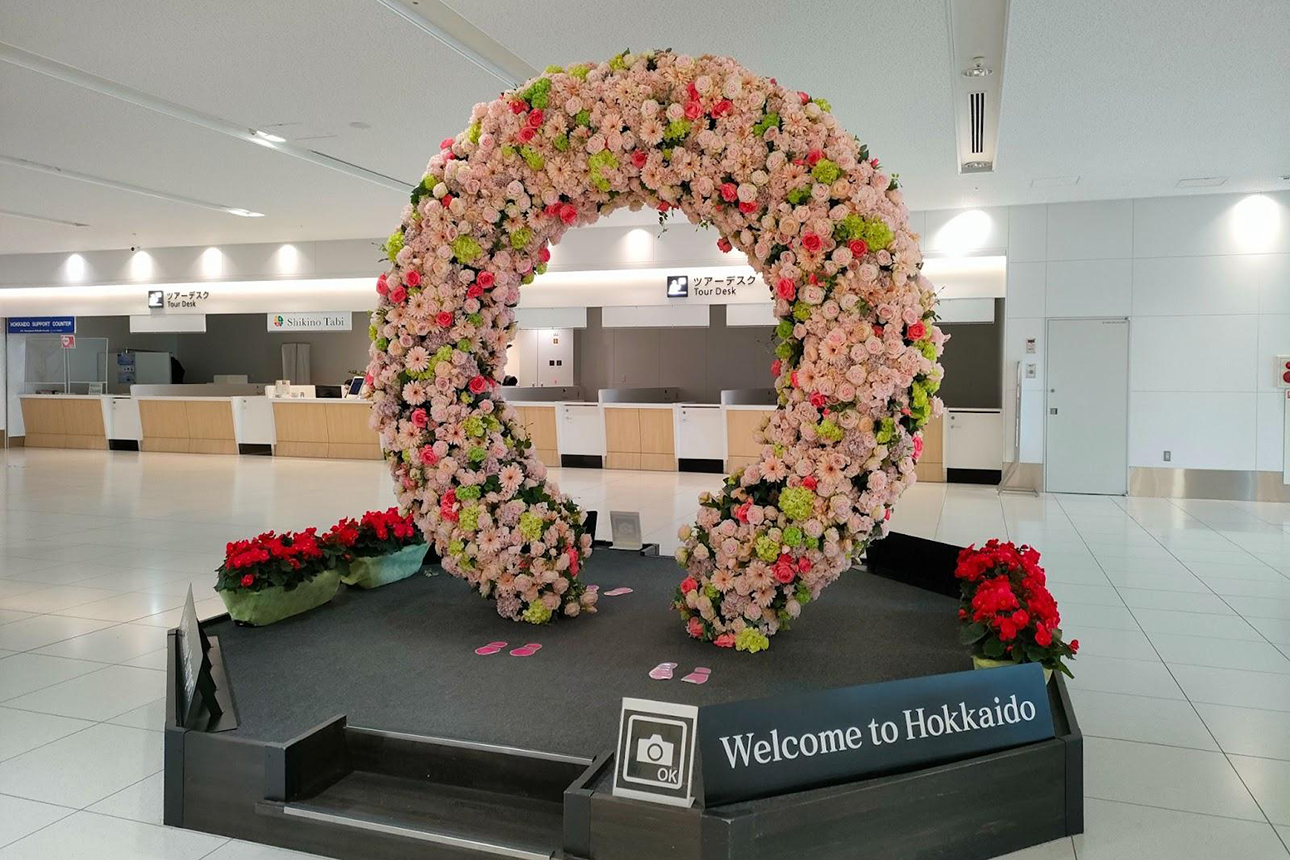
Convenient Systems Available During Procedures
【e-Passport Gate】
As of October 2024, the e-Passport Gate (Electronic Customs Declaration Gate) is available at seven airports in Japan, including New Chitose Airport. It was introduced to facilitate smoother entry for arriving passengers, reduce waiting times, and ease congestion at customs inspection areas. By using the waiting time before your baggage appears on the carousel to submit your customs declaration via an electronic declaration terminal, you can pass through the electronic declaration gate smoothly after collecting your luggage.
<Usage Requirements>
1. Be a Japanese national or a traveler holding a passport from designated countries.
2. Possess an e-Passport (a passport with an embedded IC chip).
* For Japanese nationals, no prior registration is required. However, foreign travelers must register on their first use.
<How to Use>
To use this service, you must access the Visit Japan Web system.
① Log in to “Visit Japan Web” using the QR code below:
Follow the on-screen instructions to enter the required information, and you will be able to display a QR code containing the details of your “Declaration of Personal Effects and Unaccompanied Articles.”

② Declaration via Passport Reader (Electronic Declaration Terminal):
Insert your e-Passport into the passport reader and follow the on-screen instructions to proceed with the procedure.
③ Passing through the Electronic Declaration Gate
While walking, your face will be photographed again, and your identity will be verified through the facial recognition system. Once the gate opens, the passage is complete.
* Fast Track System
In addition, since November 2022, the Visit Japan Web has integrated the “Quarantine (Fast Track)” function, allowing travelers to complete part of the quarantine procedures before entering Japan (such as submitting vaccination certificates, test certificates taken within 72 hours before departure, and health questionnaires).
However, as Japan‘s border control measures ended at 12:00 a.m. on April 29, 2023, these procedures are no longer required.
Information about these procedures is also provided on the official website of New Chitose Airport and at the information desk. It is advisable to check the latest details in advance.
Savor local ingredients and unique culinary traditions of Hokkaido at the restaurants inside New Chitose Airport.
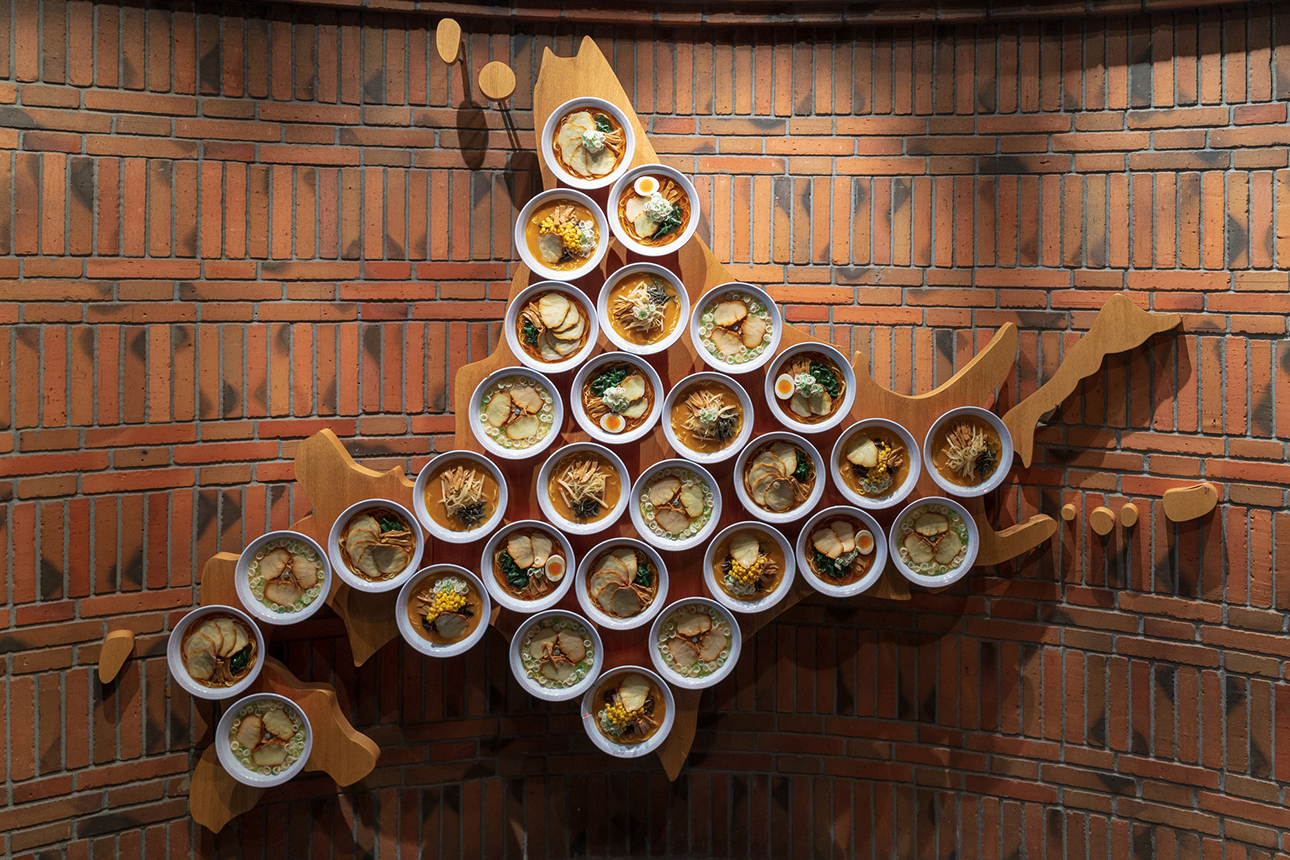
New Chitose Airport offers a wide variety of restaurants, ranging from dishes made with local ingredients to internationally inspired menus. Here, we’ll introduce some must-try signature dishes and popular restaurants that you won’t want to miss when traveling in Hokkaido.
Ramen
We recommend the popular spot called, “Hokkaido Ramen Dojo” located on the 3rd floor in the Gourmet World area of the domestic terminal. During busy hours, you’ll likely notice a line of people waiting in front of “Ebisoba Ichigen.” This ramen “theme park” brings together 10 shops, each with their own specialty broths and noodles. It’s a place where you can experience Hokkaido’s uniquely developed ramen culture, featuring miso, salt, and soy sauce flavors by region. Service is quick, and with prices around 1,000 yen, it’s quite affordable. Since opening hours vary by shop, be sure to check in advance if you have a specific ramen restaurant in mind.
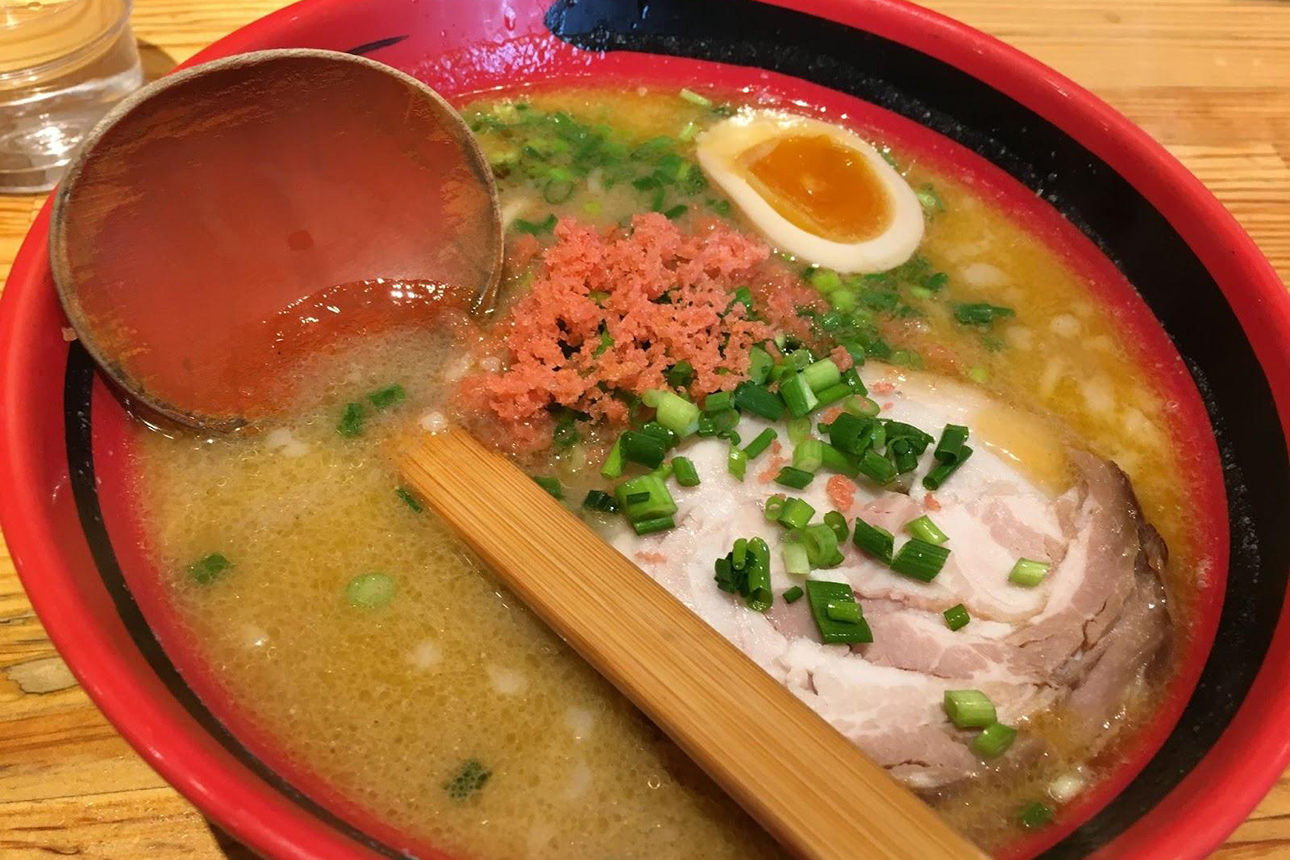
Sushi & Seafood
When it comes to Hokkaido cuisine, many people immediately think of sushi and seafood. New Chitose Airport also offers plenty of places where you can enjoy sushi. Among them, “Kitaguni no Sushi Hanabusa” stands out, serving a wide selection of nigiri sets made with fresh, seasonal ingredients prepared by skilled chefs. It’s the perfect choice for those who want to dine in a calm atmosphere and carefully select their favorite sushi. For those looking to enjoy sushi at a more affordable price, “Hakodate Gourmet Kaitenzushi Kantaro New Chitose Airport” (located on the 3rd floor of the Domestic Terminal, inside the Shiden-dori Dining Area) is also highly recommended.
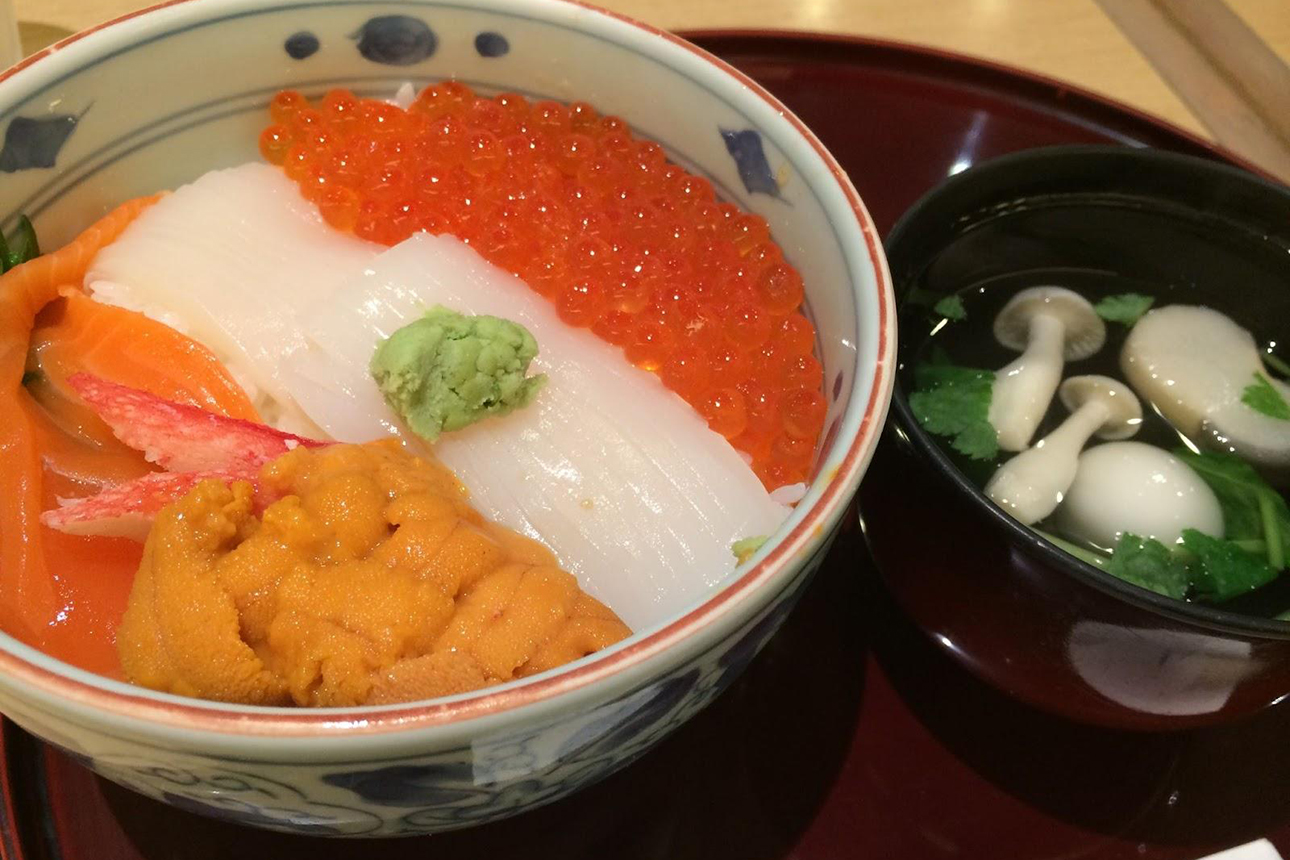
Genghis Khan (Jingisukan)
For those who want to enjoy Hokkaido’s representative gourmet dish, “Jingisukan,” we recommend “Matsuo Jingisukan at New Chitose Airport” (Domestic Terminal, 3rd Floor, Gourmet World). Its special sauce, which contains vegetables, fruits, and spices, brings out the flavor of the lamb. There is also a value set that comes with rice, miso soup, and salad.
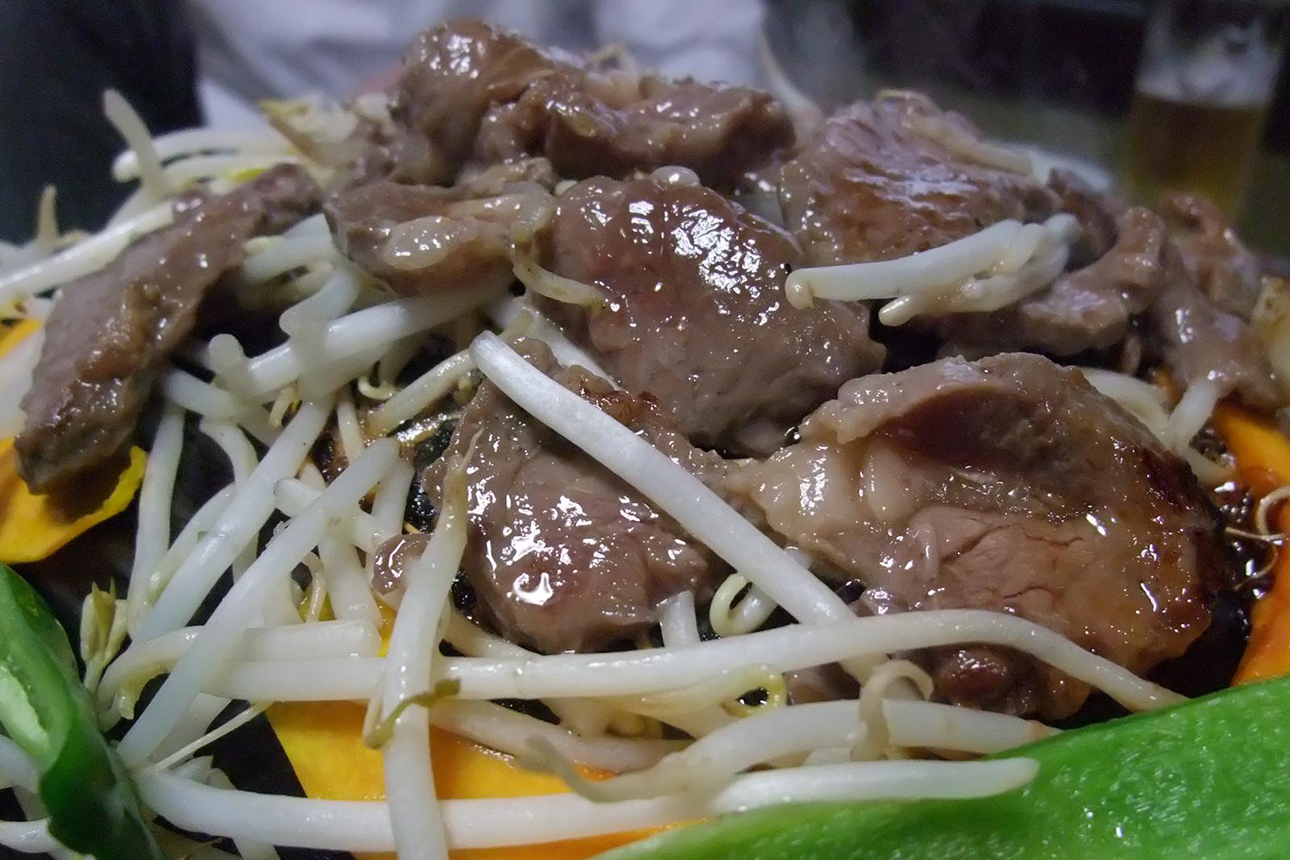
Butadon (Pork Rice Bowl)
“Butadon,” a local dish from Obihiro in the Tokachi region, is another menu item that many visitors should try. If you’re curious, be sure to visit “Drive-In Ito Butadon Meijin,” a butadon specialty restaurant on the 3rd floor of the Domestic Terminal’s Gourmet World. The thick slices of pork are seasoned in a sweet and savory sauce, perfectly complementing the white rice.
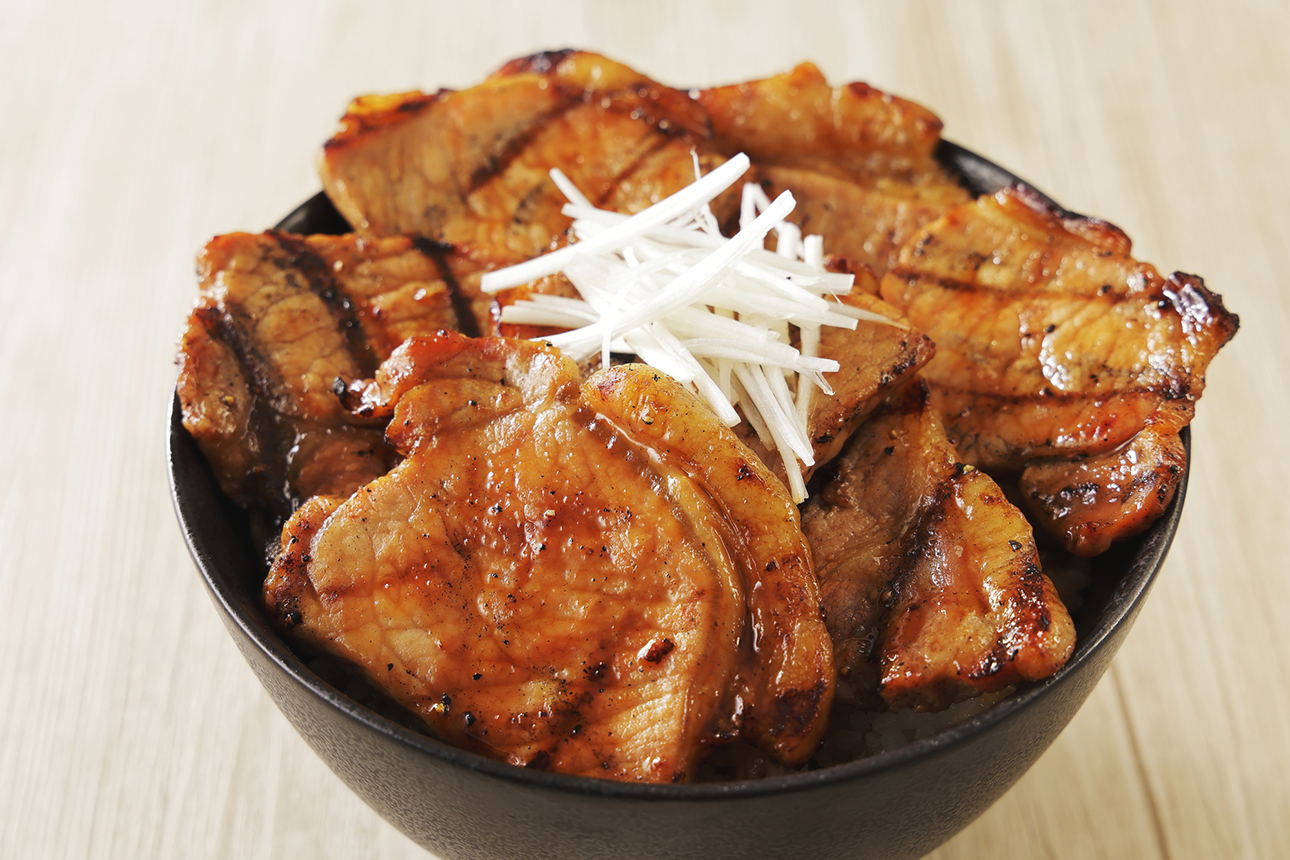
Step away from the bustle of the terminal building and enjoy a moment of relaxation in the lounge
New Chitose Airport offers several lounges, each providing a variety of services, including those needed for business use. Options abound, from lounges with carefully crafted designs to those boasting attractive views. Here’s an introduction organized by Domestic and International terminals.
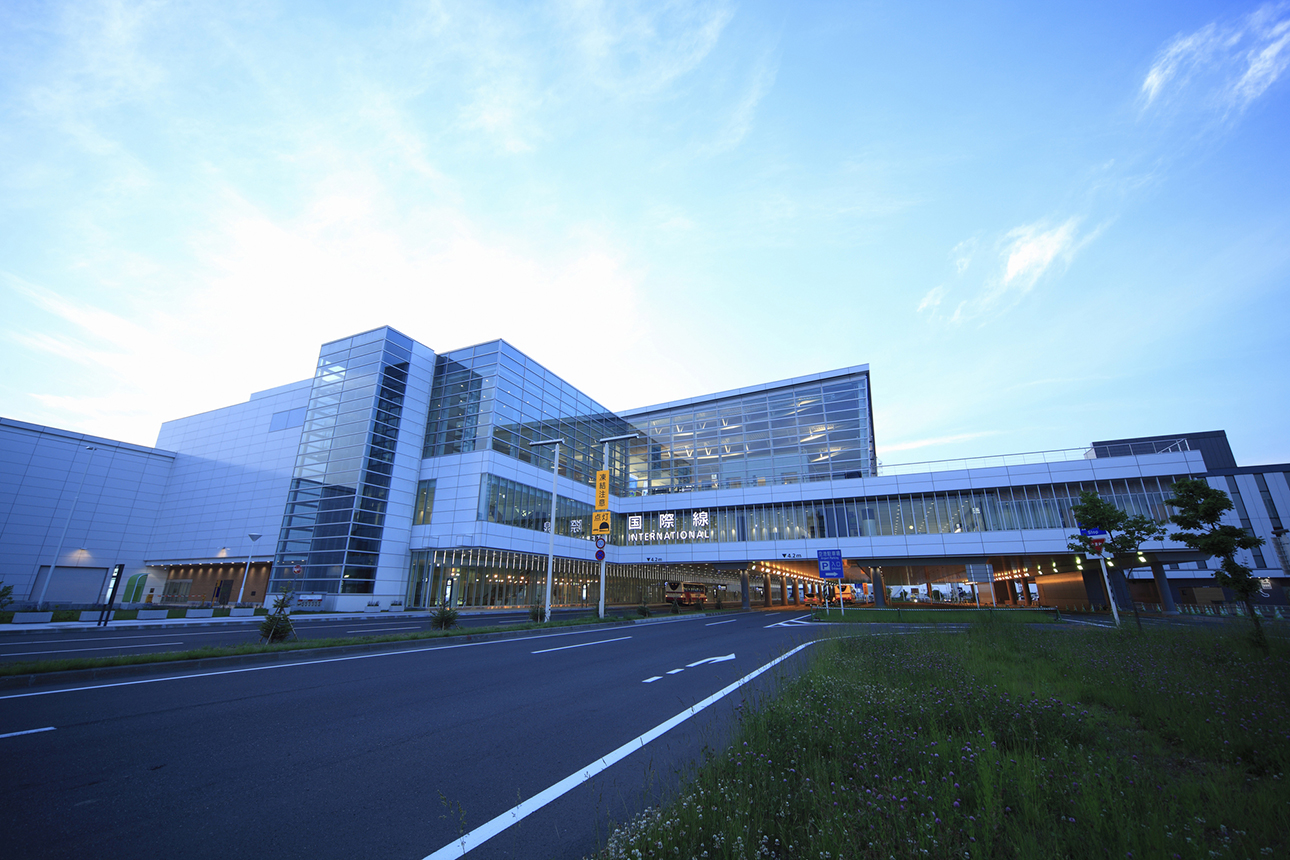
International Terminal
■ Airline Exclusive Lounge: “Royal Lounge” (Inside the 4th Floor Boarding Waiting Area):
・A bright sunlit space where Hokkaido’s cuisine and service come together. It offers comfortable sofas for relaxing, chairs for those who want to work, and spaces designed for various purposes and situations, allowing guests to unwind at their leisure.
・Hours of Operation: 7:30 AM – 9:00 PM (Open daily, year-round)
・Eligible Users: Customers who meet the usage conditions specified by an airline that has a lounge agreement and present a lounge access voucher issued by that airline. ※ Conditions vary by airline, so please check with your airline for details.
・Seating: 231 seats (All seats are non-smoking, but a smoking room is available within the lounge.)
・Services Provided: Alcoholic beverages, soft drinks, light meals, newspapers and magazines, public Wi-Fi, copy/FAX/printer services, charging outlets, showers, and more.
■ Card & Paid Lounge: “North Lounge” (Inside the 4th Floor Boarding Waiting Area):
・With a calm, brown-toned interior, this lounge offers a relaxing space with separate non-smoking and smoking areas. There are also terrace seats with views of the boarding area.
・Hours of Operation: 7:30 AM – 9:00 PM (Open daily, year-round)
・Admission / Eligible Users: ¥1,100 (tax included)
・Seating: 122 non-smoking seats / 12 smoking seats
・Services Provided: Soft drinks, newspapers and magazines, public Wi-Fi, copy/FAX/printer services, and more.
* Gold members or eligible cardholders of the following companies can enter for free by presenting their card and boarding pass. (Only cards in the cardholder’s name are accepted.)
・Eligible Card Companies: JCB, Diners Club, VISA, Mitsubishi UFJ NICOS (MUFG Card, DC Card, NICOS), APLUS, Rakuten Card, MI Card, Pocket Card, ORICO, d Card, PayPay Card, DragonPass
Domestic Terminal
1. Super Lounge (3rd Floor, next to the Food Court)
・The seating is mainly divided into two types: counter seats along the windows and sofa seats. From the window seats, you can enjoy watching the arrivals and departures of airplanes. Light meals are provided within the lounge, so outside food and drinks are not allowed. However, a re-entry card can be issued at the reception, allowing for long stays without any inconvenience.
・Hours of Operation:7:00 AM – 8:30 PM
・Admission Fee:¥1,100
・Seating:140 seats (all non-smoking)
・Paid Services: Alcoholic beverages, snacks and boxed meals, copy services
* Gold members or eligible cardholders of the following companies can enter for free by presenting their card and boarding pass. (Only cards in the cardholder’s name are accepted.)
・Eligible Card Companies: JCB, Diners Club, VISA, Credit Saison (Saison, UC), Toyota Finance, AMEX, ORICO, Life Card, Rakuten Card, EPOS Card, Mitsubishi UFJ NICOS (MUFG Card, DC Card, NICOS), MI Card, APLUS, JACCS, AEON Card, Pocket Card, au PAY Card, d Card, PayPay Card * Some cards may be excluded even for gold members, and most overseas-issued cards cannot be used.
2. Airline Lounges (All within the Restricted Area)
■ JAL Diamond Premier Lounge (2nd Floor, Departure Floor, beyond Security Checkpoint D)
・A high-quality, sophisticated space incorporating the textures of traditional Japanese materials. The seating is designed with storage functionality and privacy in mind, allowing guests to relax comfortably.
Eligible Users:
・Passengers departing on the same day in JAL Domestic First Class or connecting on the same class the same day
・Passengers connecting from, or to JAL (*) International First Class by 6:00 AM the next day
・JMB Diamond and JGC Premier members
・Oneworld elite status “Emerald” members
■ JAL Sakura Lounge
・Located next to the Diamond Premier Lounge, this lounge also features a sophisticated design inspired by traditional Japanese materials. It offers a variety of spaces, including areas with sofas and tables ideal for groups, zones with excellent views, and private rooms.
Eligible Users:
・Passengers departing on the same day in JAL Domestic First Class or connecting on the same class the same day
・Passengers connecting from, or to JAL (*) International First or Business Class by 6:00 AM the next day
・JMB Diamond, JGC Premier, JMB Sapphire, and JAL Global Club members
・Oneworld elite status “Emerald” members
・JMB Crystal members (can use the lounge with a lounge coupon, for cardholders only)
・Oneworld elite status “Emerald” or “Sapphire” members
・Other passengers may use the lounge on the same day for ¥3,000
■ ANA SUITE LOUNGE (2nd Floor, Departure Floor, near Gate 7)
・Designed under the supervision of renowned Japanese architect Kengo Kuma, this lounge embodies the concept of “Ichigo, Ichie” (a once-in-a-lifetime encounter). The use of wooden plugs in the “Yamato Wall” creates a bright and airy atmosphere.
Eligible Users:
・Premium Class passengers and ANA elite members only.
■ ANA LOUNGE (2nd Floor, Departure Floor, near Gate 7)
・Located next to the ANA SUITE LOUNGE.
Eligible Users: ANA Super Flyers members, ANA Premium Members, and others.
* For details on which lounges you can access, it is recommended to check the ANA official website’s “Airport Lounge Eligibility List.”
An Abundance of Entertainment Facilities and Souvenir Shops that Will Keep you Engaged for a Long time
New Chitose Airport is popular not only with international travelers but also with domestic visitors. Its biggest appeal lies in the wide variety of souvenir shops and the abundance of entertainment facilities.
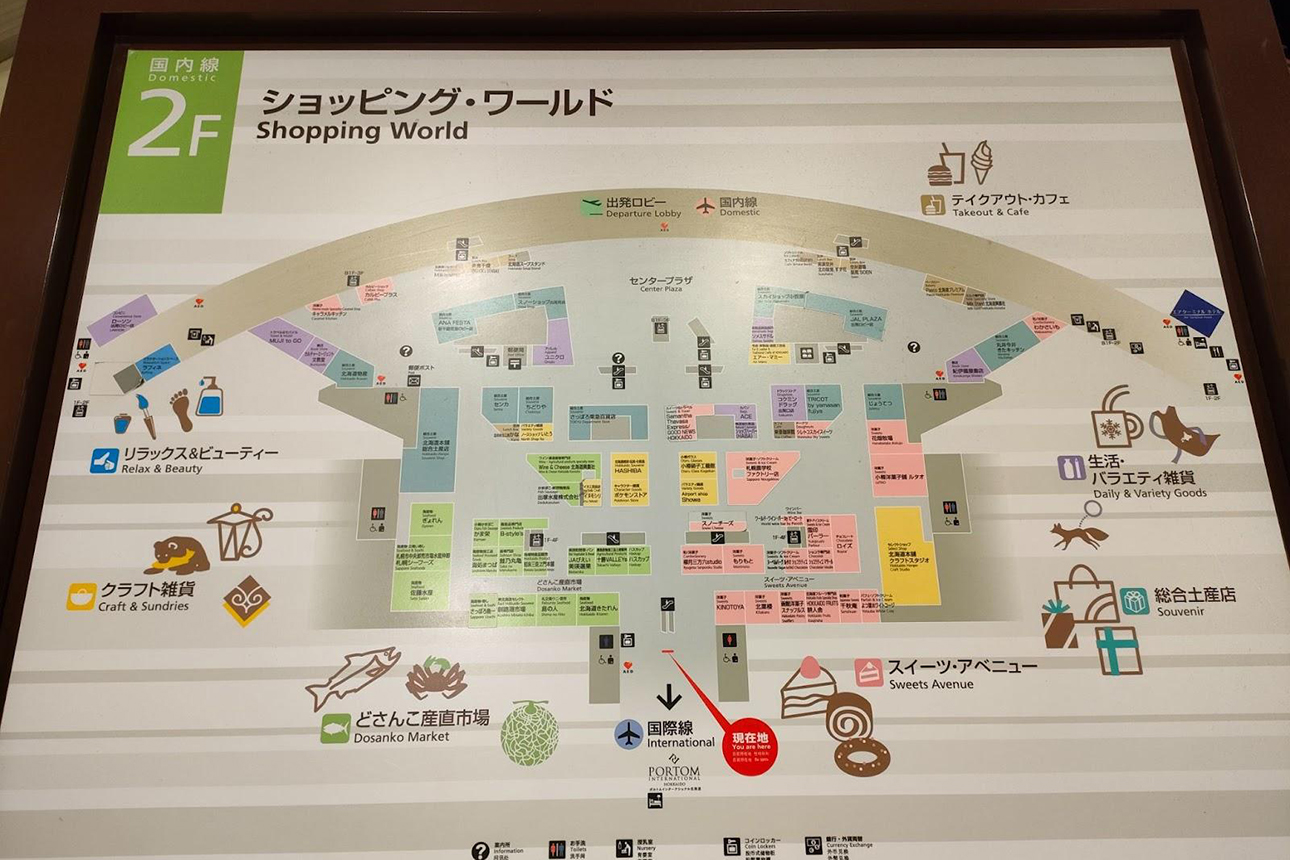
1. Souvenir Shops
Including both the domestic and international terminals, there are currently 16 general souvenir shops. Some open as early as 6 a.m. with many others beginning operations around 7 a.m. Furthermore, in the international terminal, certain shops adjust their hours depending on flight schedules. Featuring specialties from Hokkaido, often called “a treasure trove of food,” along with a wide selection of Japanese souvenirs, many travelers choose not to buy souvenirs during their trip but instead purchase everything together at the airport.
■ Representative Confectionery Makers and Specialty Products from Hokkaido
<Chocolate>: Rokkatei, Ishiya Seika, ROYCE‘, LeTAO (Otaru Western Confectionery Shop), Chocolatier Masále, and others
<Sweets made with dairy products, butter, and fruits>: KINOTOYA, Morimoto, Ryugetsu, Kitakaro, and others
<Seafood>: Sea urchin, crab, salmon, fish roe, and more.
<Vegetables>: Melon, asparagus, potatoes, and more.
<Processed products>: Cheese, butter, ramen, soup curry, alpine leek (gyoja ninniku), and more.
In Hokkaido, where dairy farming is thriving, dairy products have become local specialties. As a result, onåe of the distinctive features of New Chitose Airport is the abundance of shops selling soft-serve ice cream. Regular popularity contests are also held, and it’s not unusual to see long lines forming in front of the most popular shops.
In addition, among the many popular sweets, quite a few are only available at the New Chitose Airport shop outside of Sapporo. In recent years, newly opened stores such as “Butter no Itoko” and “SNOW” have gained considerable popularity. Some shops also offer international shipping, so it may be worth inquiring depending on the souvenirs you’re interested in.
2. Entertainment Facilities
① Royce’ Chocolate World (Connecting Passage “Smile Road,” 3rd Floor)
・A chocolate factory and museum inside the airport, the first of its kind in Japan, where visitors can enjoy both the sights and the flavors. ROYCE’ also operates a popular chocolate factory in Tobetsu, a town near Sapporo, and this attractive facility offers a compact version of that experience. With an adjoining bakery and shop, as well as colorful interior design and a wide selection of products, it provides a fun and memorable shopping experience.
② New Chitose Airport Onsen (Domestic Terminal, 4th Floor)
・The first full-scale hot spring facility in a Japanese airport, featuring natural hot spring baths. It’s open for 23 hours a day from 10 a.m. until 9 a.m. the following morning. The admission fee includes rental of loungewear, bath towels, and hand towels. It’s recommended for travelers who want to relax and spend a leisurely time inside the airport.
③ New Chitose Airport Theater (Domestic Terminal, 4th Floor)
・Japan’s first airport cinema. Ticket prices are the same as at regular movie theaters, and the day’s screenings can be checked in advance on the official website.
④ Pokémon Store (Domestic Terminal, 2nd Floor)
As you walk from the International Terminal arrival lobby toward the Domestic Terminal, you’ll encounter a lively spot just before the central plaza of the Domestic Departures Lobby, home to countless Pokémon. The store carries a wide range of official Pokémon Monster merchandise, including many limited-edition items, making it a bustling and popular destination for many people.
3. Hotels
At New Chitose Airport, there are hotels directly connected to both the domestic and international terminal buildings.
① Portom International Hokkaido
A luxury hotel directly connected to the international terminal building, opened in February 2020. Guests can enjoy a unique cultural experience through a tea room and salon that reflect traditional Japanese culture and arts, as well as shopping at the on-site shop featuring unique original items by artists from Hokkaido and across Japan.
In addition, the hotel features thoughtfully designed guest rooms that incorporate cultural elements. The suites showcase highly creative textures and designs based on various themes, including the vibrant color schemes seen in the architecture of Sukiya-zukuri and the Rinpa school of painting, as well as Zen-inspired aesthetics. The guest rooms are also designed for practicality, with generally spacious layouts. By richly integrating elements of Japanese beauty, these rooms provide a warm and comfortable environment where guests can unwind and relax after a long day.
A recommended dining spot is “Japanese Dining Kyoto Shimogamo Saryo Kita no Hanare.” Carrying the banner of “Shimogamo Saryo,” a long-established Kyoto restaurant founded 160 years ago, it offers traditional yet innovative cuisine that honors the spirit of hospitality rooted in the Japanese tea ceremony.
② Air Terminal Hotel
A convenient hotel directly connected to the domestic terminal building. Guests can use the airport’s hot spring facilities free of charge. The hotel offers nine types of rooms, all equipped with Wi-Fi, and guests can choose between runway-side or parking-lot-side rooms when booking. Runway-side rooms offer close-up views of aircraft takeoffs and landings, making this hotel especially popular with airplane enthusiasts.
A New Hub for Business Jets: New Chitose Airport HBAC
Located adjacent to the New Chitose Airport International Terminal, the Hokkaido Business Aviation Center (HBAC), which opened in December 2023, serves as a state-of-the-art terminal dedicated exclusively to business jets, redefining the concept of travel in Hokkaido. Designed to meet the growing international business demand, this facility prioritizes guest privacy while providing an unparalleled level of comfort.
HBAC is more than just an airport facility. From a dedicated vehicle drop-off area to a sophisticated reception desk, spacious lounge, and fully equipped multifunctional restrooms, every detail is designed with the convenience of guests in mind. Most notably, the facility features its own dedicated CIQ (Customs, Immigration, and Quarantine) and security screening areas, allowing passengers to complete all necessary procedures quickly and seamlessly without having to move to the international passenger terminal building.
For busy business travelers, time is the most valuable asset. HBAC dramatically enhances travel efficiency in Japan by offering a stress-free gateway to the skies. From arrival to departure, every process runs smoothly, allowing guests to focus fully on their business or travel objectives in Hokkaido. This service exemplifies the essence of luxury travel, transforming the Japanese travel experience into one that is both more comfortable and productive. Such a luxury travel experience significantly elevates the quality of a trip to Hokkaido.
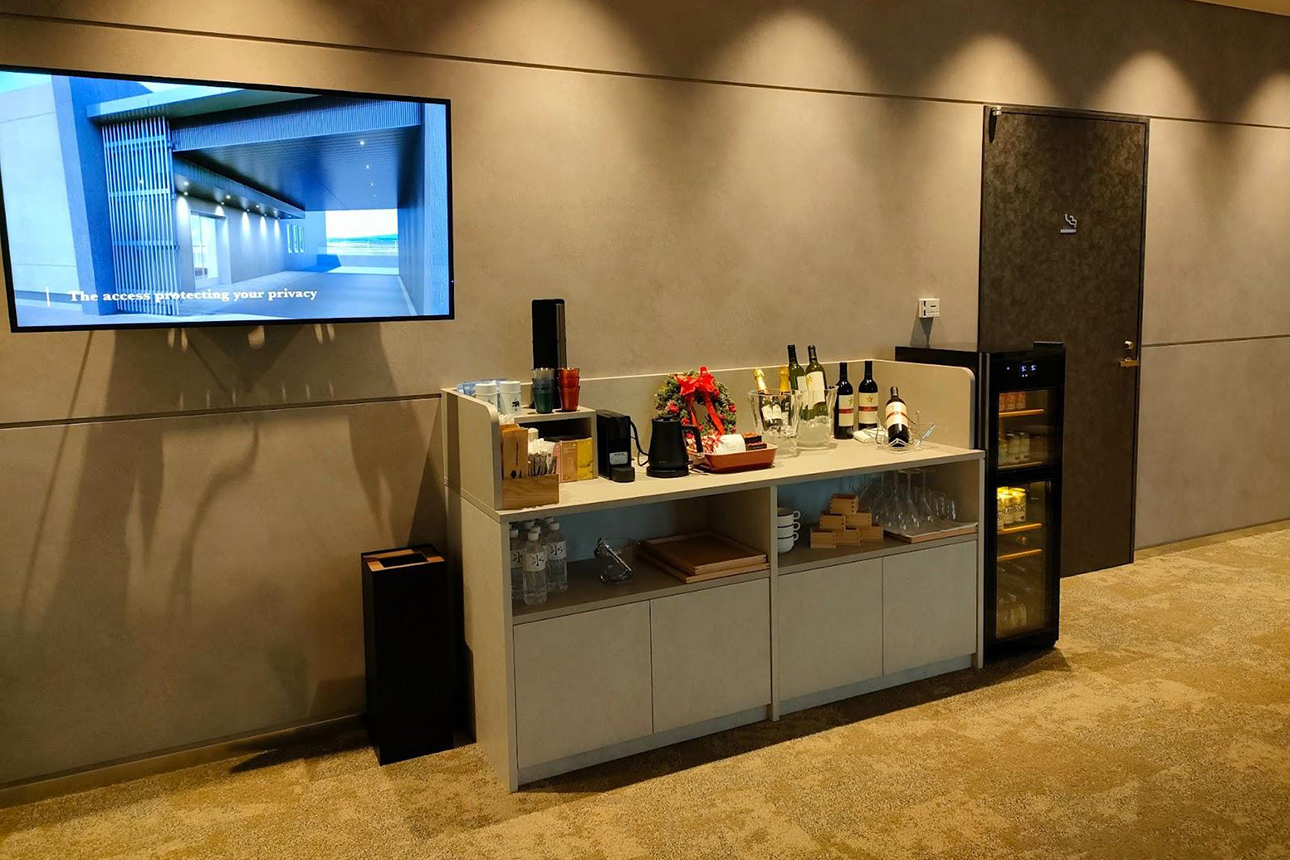
A Wealth of Attractive Tourist Areas Within an Hour of New Chitose Airport
For travelers visiting Hokkaido via New Chitose Airport, the nearby Lake Shikotsu and Chitose areas are highly recommended. These destinations are not only easily accessible from the airport but also offer rich natural scenery and cultural experiences, making them popular areas among international visitors as well.
■ 1. Lake Shikotsu Area
● About Lake Shikotsu
Lake Shikotsu is a caldera lake formed by the eruption of Shikotsu Volcano about 40,000 years ago. With a maximum depth of about 360 meters and an average depth of around 265 meters, it is Japan’s second deepest lake after Lake Tazawa in Akita Prefecture, and the northernmost lake in the country that never freezes. Due to the low occurrence of plankton, the lake is known for its remarkable clarity, and the way it shines a vivid blue under the light gives it its nickname, “Shikotsu Blue.”
In addition, the pure waters of Lake Shikotsu enrich the surrounding natural environment. Nearby, you can experience breathtaking nature such as Lake Okotanpe, the Moss Corridor, and majestic mountains over 1,000 meters high, including Mount Fuppushi, Mount Eniwa, and Mount Tarumae. For those who wish to learn more about the formation of Lake Shikotsu and its surrounding nature, a visit to the lakeside Visitor Center is highly recommended. The area is lively, with sightseeing boats, a swan boat loading area, restaurants, and souvenir shops lined up along the shore, making it a great place to stop by and enjoy alongside your visit.
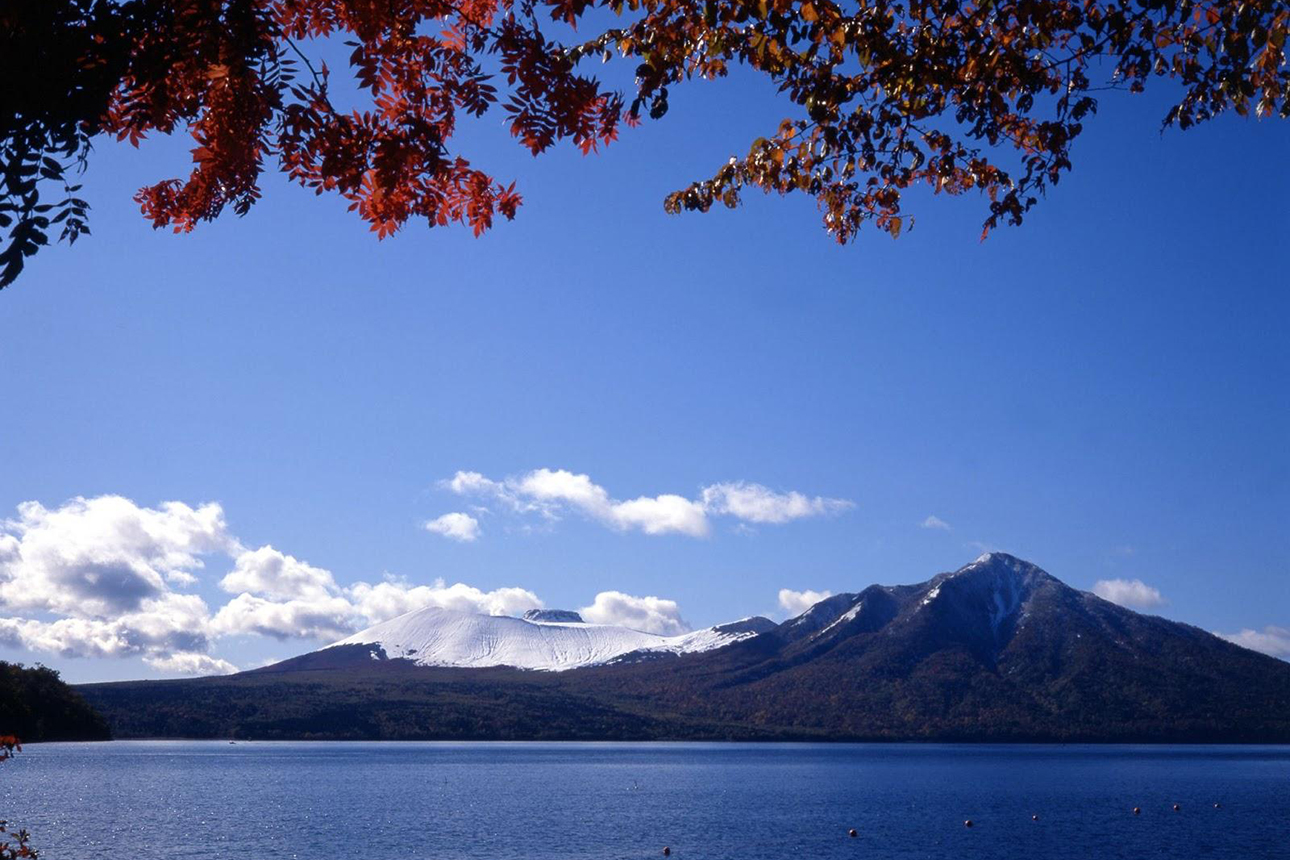
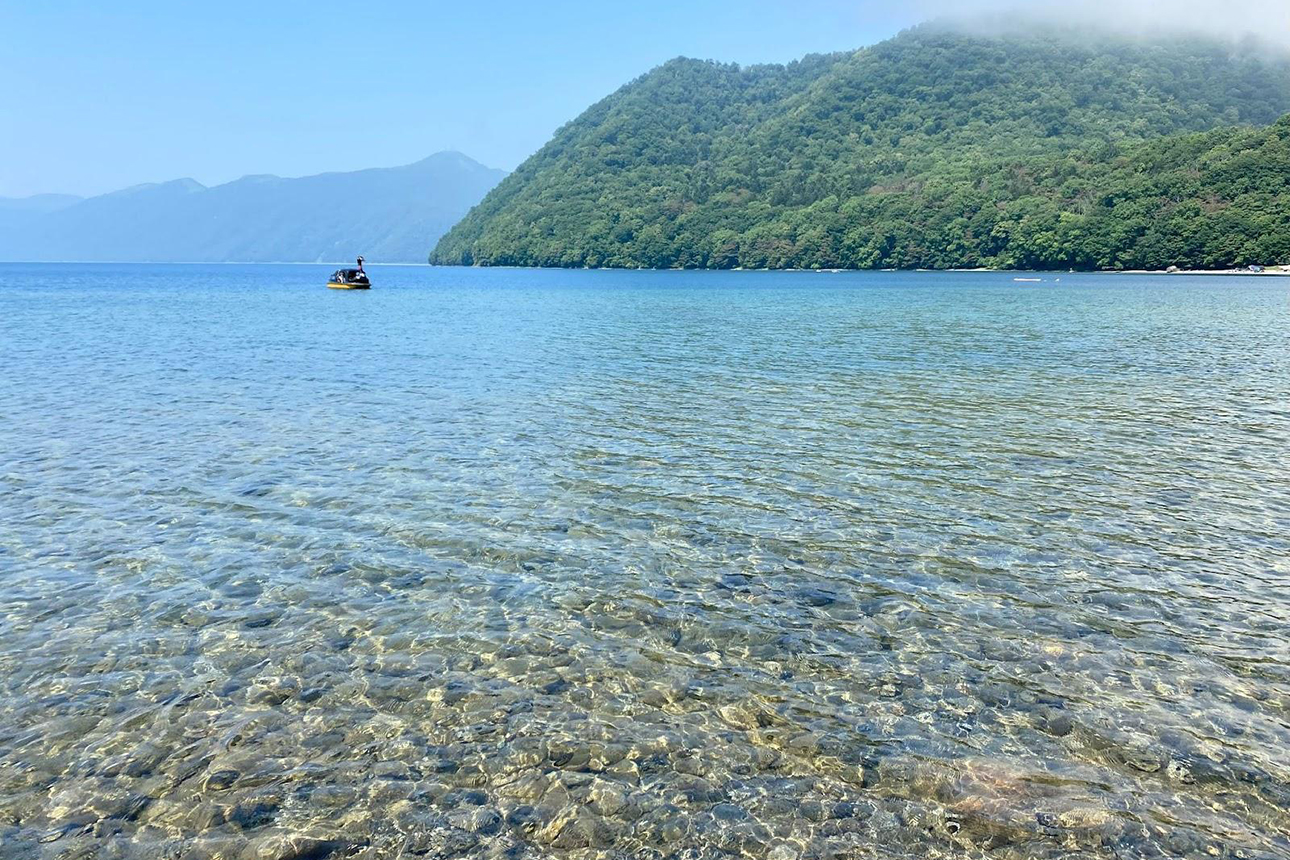
● Activities to Enjoy in the Lake Shikotsu Area
<SUP (Stand Up Paddleboarding)>
Tours that let you glide across the calm, crystal-clear waters known as “Shikotsu Blue,” while taking in the underwater scenery and vast surrounding nature are extremely popular. This activity can be enjoyed year-round and attracts many repeat visitors. It accommodates individuals as well as large groups, and instructors provide careful guidance, so even first-timers can participate with confidence.
・Age requirement: 12–60 years old
・Duration: Approximately 2.5 hours
<Kayaking>
Like SUP, kayaking is another activity where you can fully enjoy the beauty of “Shikotsu Blue.” In particular, the clear-bottom kayaks are a perfect match for the lake’s transparency, allowing you to see not only the surrounding scenery but also the lakebed in striking detail. Instructors provide guidance here as well, and with the wide age range, it’s a popular activity for families across three generations.
・Age requirement: 4 years and older
・Duration: Approximately 2 hours
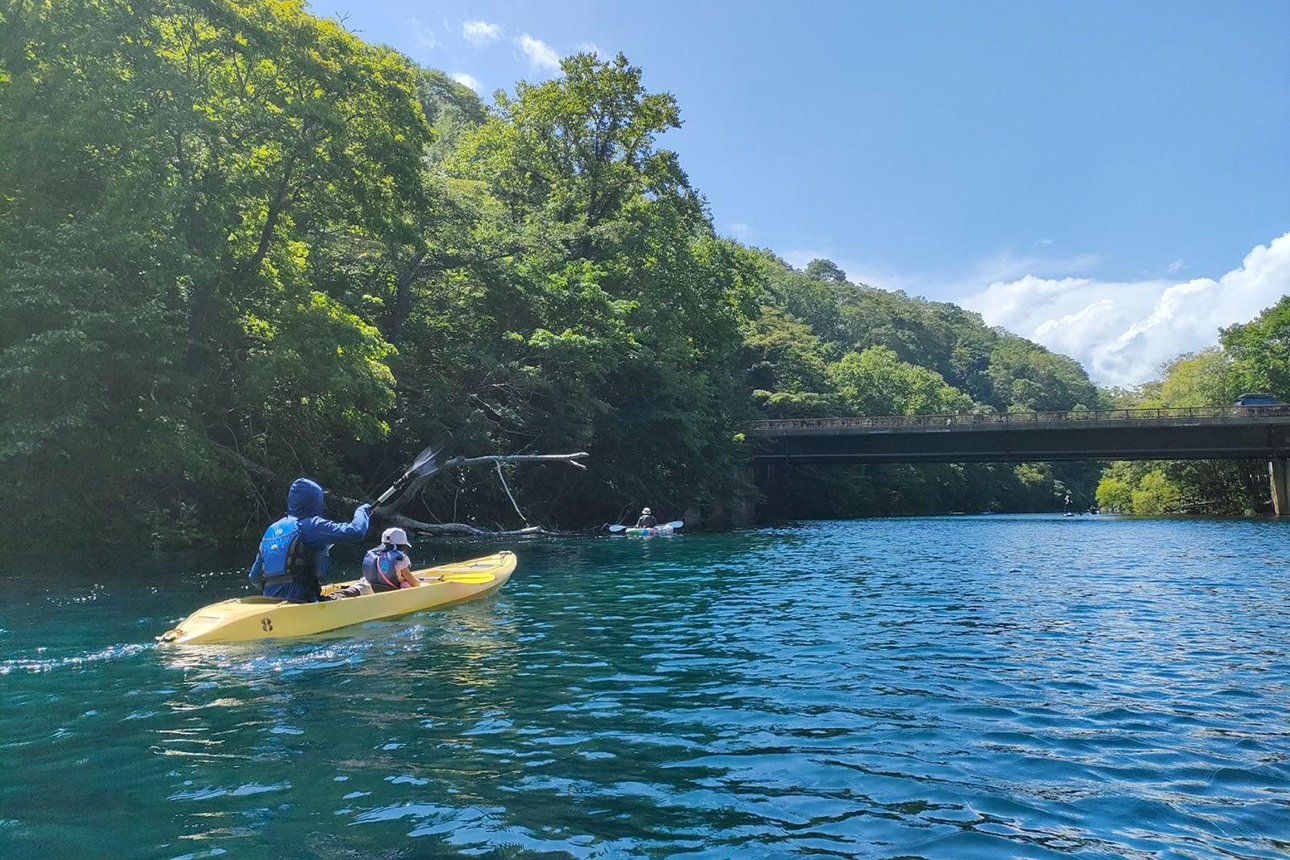
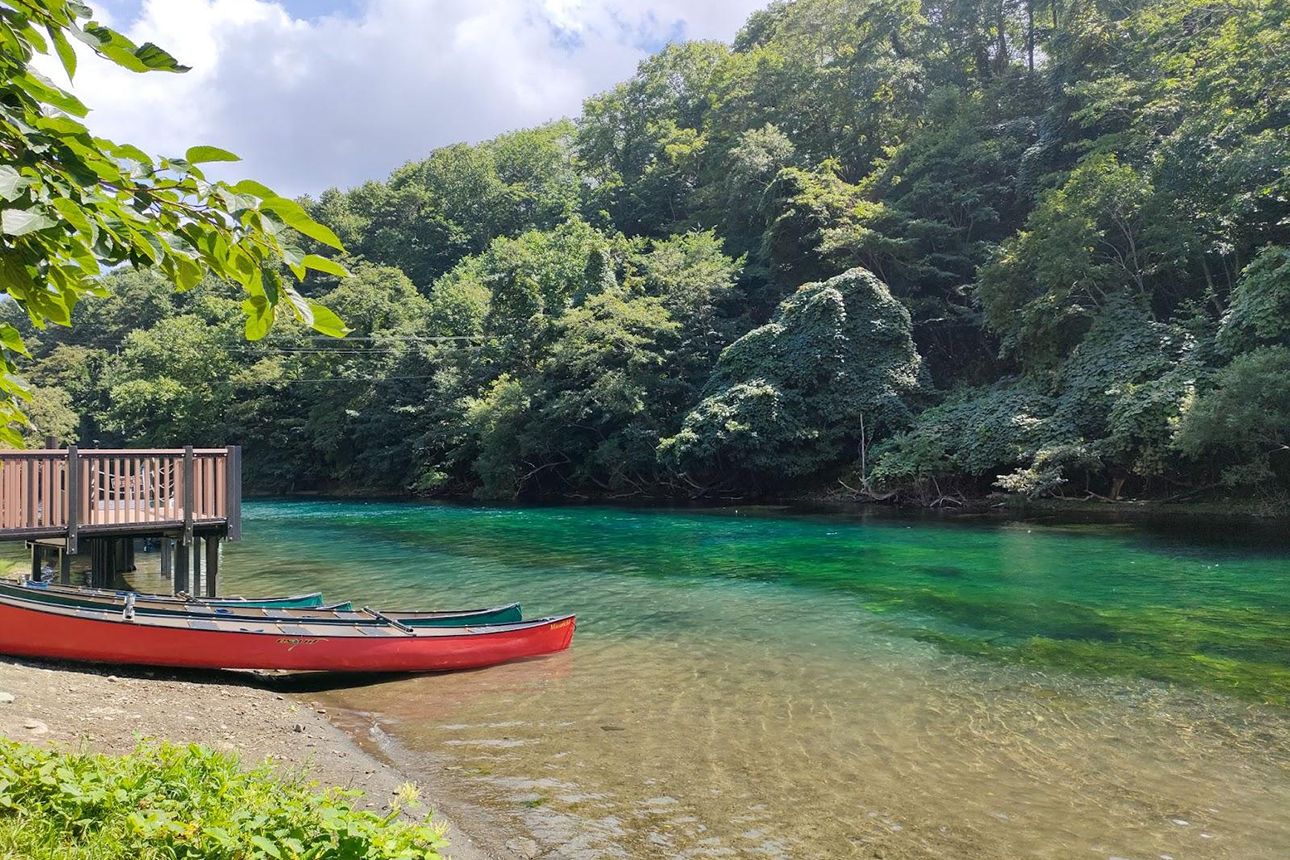
<Trail Running at Mount Tarumae>
“Trail” refers to a mountain path or forest road, and it is an outdoor sport that involves running through natural, unpaved areas such as mountains. Unlike mountain climbing, where the goal is to reach the summit, trail running does not require a specific destination. The appeal lies in being able to choose your own route and distance freely, based on your mood and physical condition.
Mount Tarumae is an active volcano that still emits volcanic gases today. However, you can drive up to the 7th station where the trails are well maintained, which makes for a popular destination for beginners and families. Visitors can enjoy alpine plant observation as well as breathtaking views of Lake Shikotsu and the Pacific Ocean. A course that takes you along the ridgeline to circle the outer rim of the crater is also popular and is highly recommended for those with extra time.
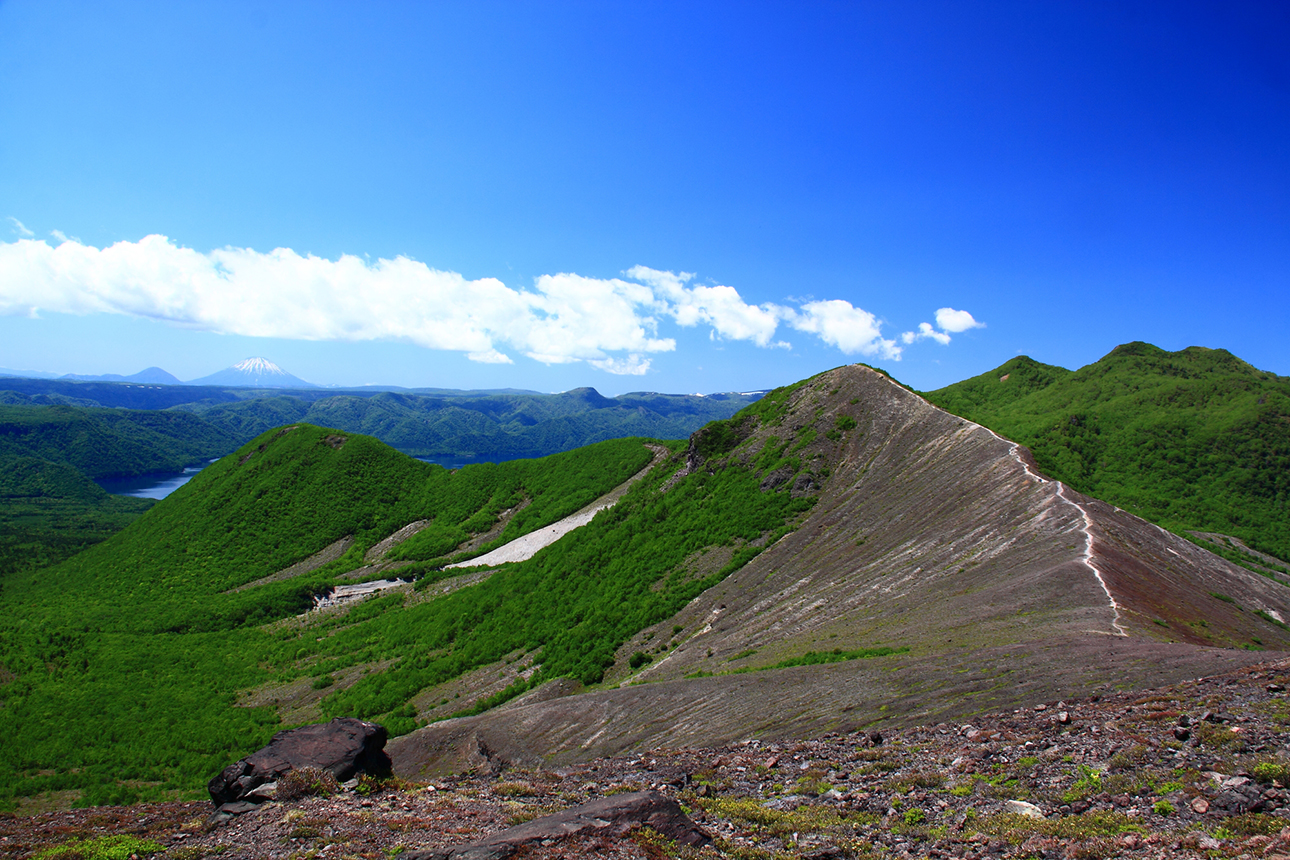
■ 2. Chitose Area
Chitose City, located next to New Chitose Airport, is home to about 100,000 residents. Thanks to its excellent access, which even allows commuting to Sapporo, the economic hub of Hokkaido, as well as its strong focus on relocation and child-rearing support policies, the city’s population has been growing in recent years. Let’s take a look at some recommended sightseeing spots in the Chitose area, which are easily accessible from the airport.
<Salmon Park Chitose>
Salmon Park was created to showcase the appeal of Hokkaido’s renowned salmon, as well as Hokkaido’s food culture and tourist resources. The park also sells locally produced goods and fresh agricultural products, allowing visitors to enjoy dishes made with Hokkaido’s delicious ingredients.
Adjacent to the park is the Salmon Hometown Chitose Aquarium. Its popular underwater observation zone allows visitors to view life in the Chitose River up close. Especially in autumn, the sight of schools of salmon swimming upstream to spawn is a must-see. The aquarium also hosts numerous events and special exhibitions, including experiences like releasing young salmon (salmon fry).
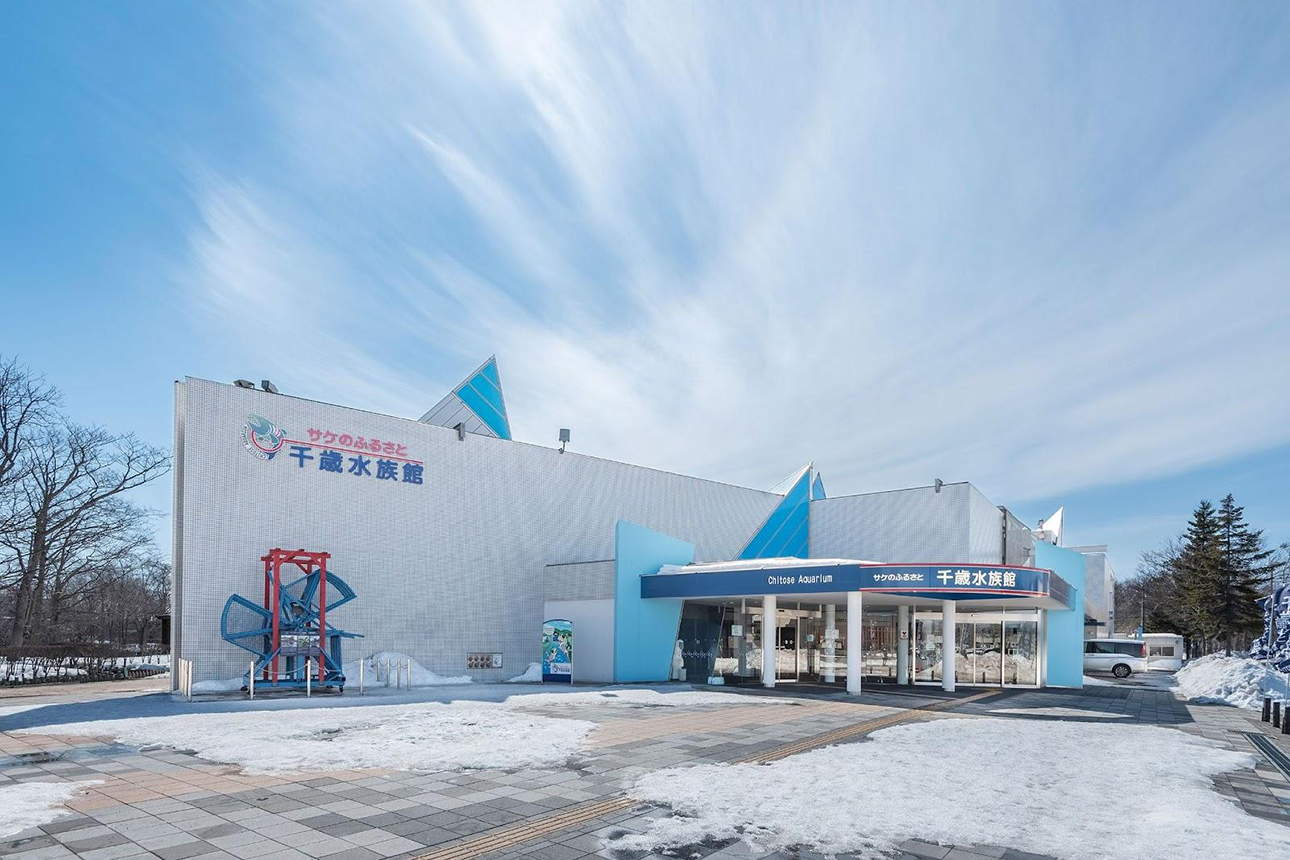
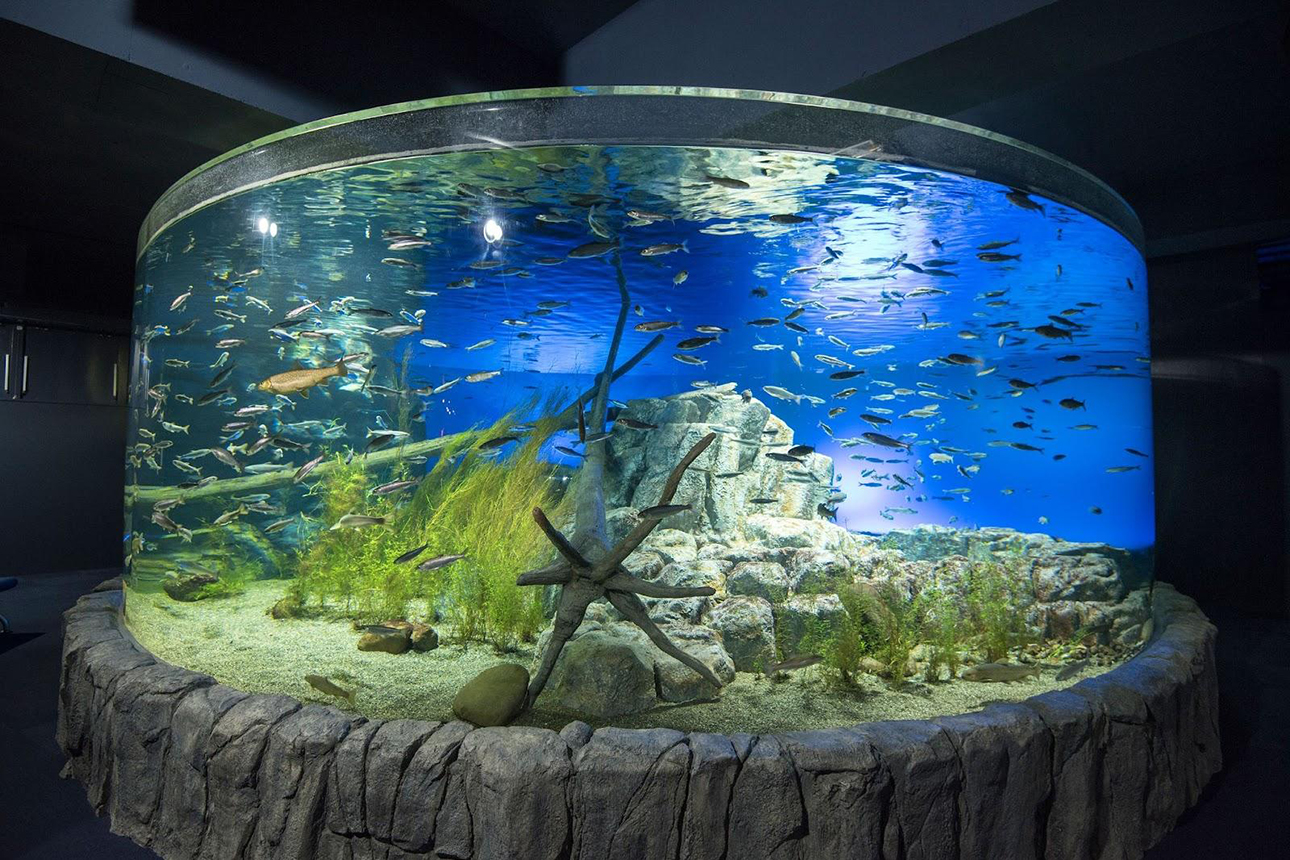
● Outdoor Activities
<Canoe Tours>
A popular 4 km canoe tour runs along the Chitose Bibi River up to the area near Lake Utonai, allowing participants to experience the riverside nature up close. This tour offers the best of both a relaxing river ride and the atmosphere of passing through wetland forests. Some plans include free transportation from New Chitose Airport (about 10 minutes), making it possible to experience this activity between travel schedules or on the way back. Please note that the tour operates only for a short time, from May to September.
・Recommended age: 3 years and older
・Duration: Approximately 2 hours
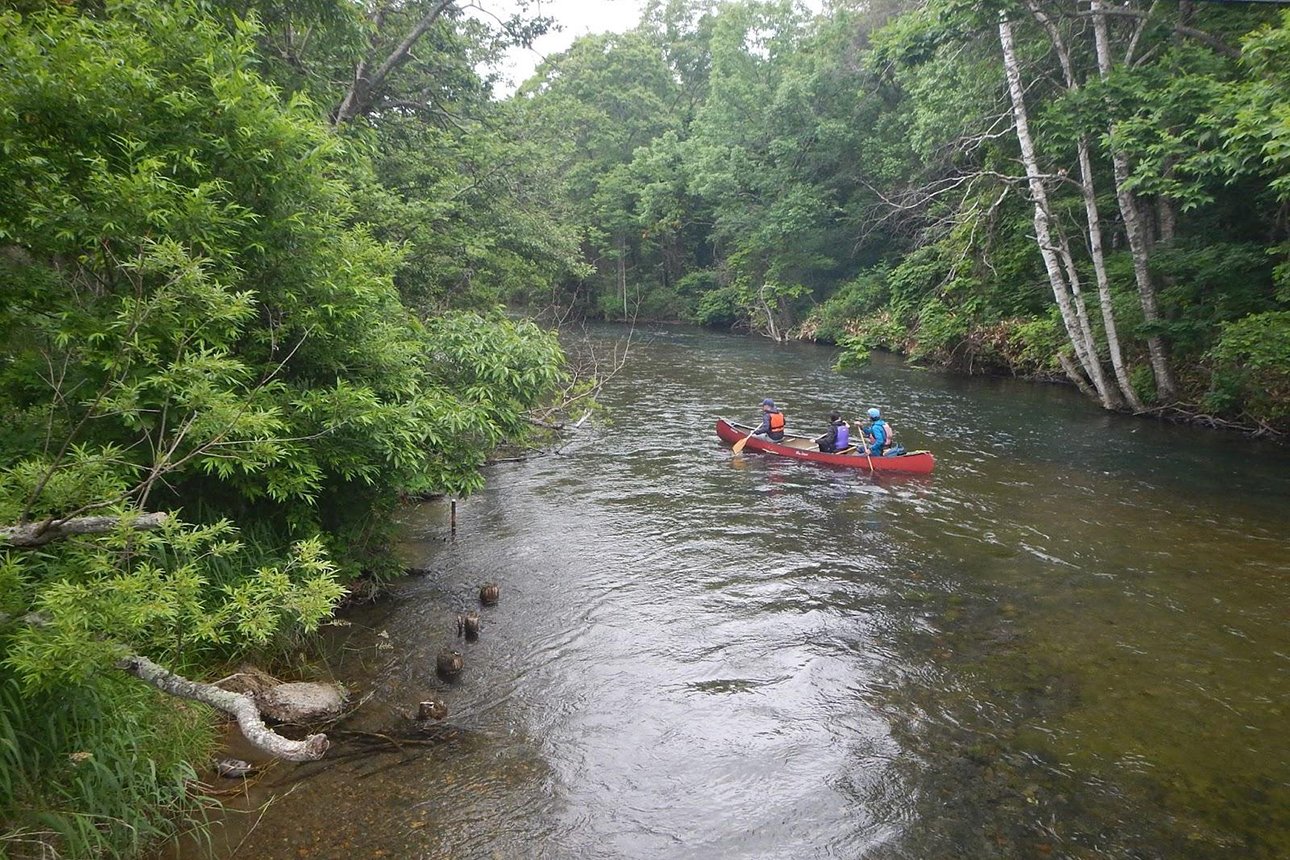
<Trout Fishing>
In the Chitose River, which flows through the center of Chitose City, you can enjoy fishing. The main catches include brown trout, yamame (landlocked masu salmon), rainbow trout, and dace. Since fishing is prohibited until May, the season runs from June through autumn. The most popular area stretches from the city center upstream. However, caution must be taken as the strong and heavy current can sweep you away. Not only are there many people fishing, but also others passing by in canoes, so caution is needed to avoid accidents.
In any case, its location just 5–7 km from New Chitose Airport makes it very convenient to include in your Hokkaido travel itinerary. If you hire a fishing guide, you can enjoy it with peace of mind. For those who love fishing, why not take this opportunity to give it a try?
Apart from New Chitose Airport, Hokkaido has many other attractive airports
As mentioned earlier, New Chitose Airport also functions as a hub for access to various parts of Hokkaido. Besides New Chitose Airport, there are a total of 12 airports across Hokkaido. Among them are; Hakodate Airport, Memanbetsu Airport, Asahikawa Airport, Tancho Kushiro Airport, Tokachi-Obihiro Airport, Wakkanai Airport and Nemuro-Nakashibetsu Airport, each handle over 100,000 passengers annually and are served by jet aircraft. Around these regional airports, you’ll also find representative sightseeing spots of their respective areas. These airports play a vital role not only in travel within Hokkaido, but also in connecting visitors from both inside and outside Japan.
Furthermore, from these regional airports, direct flights operate to major airports across Japan, including Tokyo International Airport, Narita International Airport, and Kansai International Airport. This means that, if time permits, you can use Hokkaido as the starting point of your journey while extending your travels to include sightseeing in Honshu as part of your itinerary.
Hokkaido, with its abundance of tourist attractions, offers different highlights in every season. Since you’ve come all the way to Hokkaido, wouldn’t you like to enjoy the very best experience with a personalized itinerary just for you? At Takarajima Travel Company, our specialists who are well-versed in Hokkaido travel listen carefully to your individual needs and create tailor-made tours. Please take a look at our customer feedback regarding these custom tours. We also provide sample itineraries for your reference.
If you’re interested in planning a trip to Hokkaido, or if you have any questions about our tailor-made tours, please feel free to contact us.

